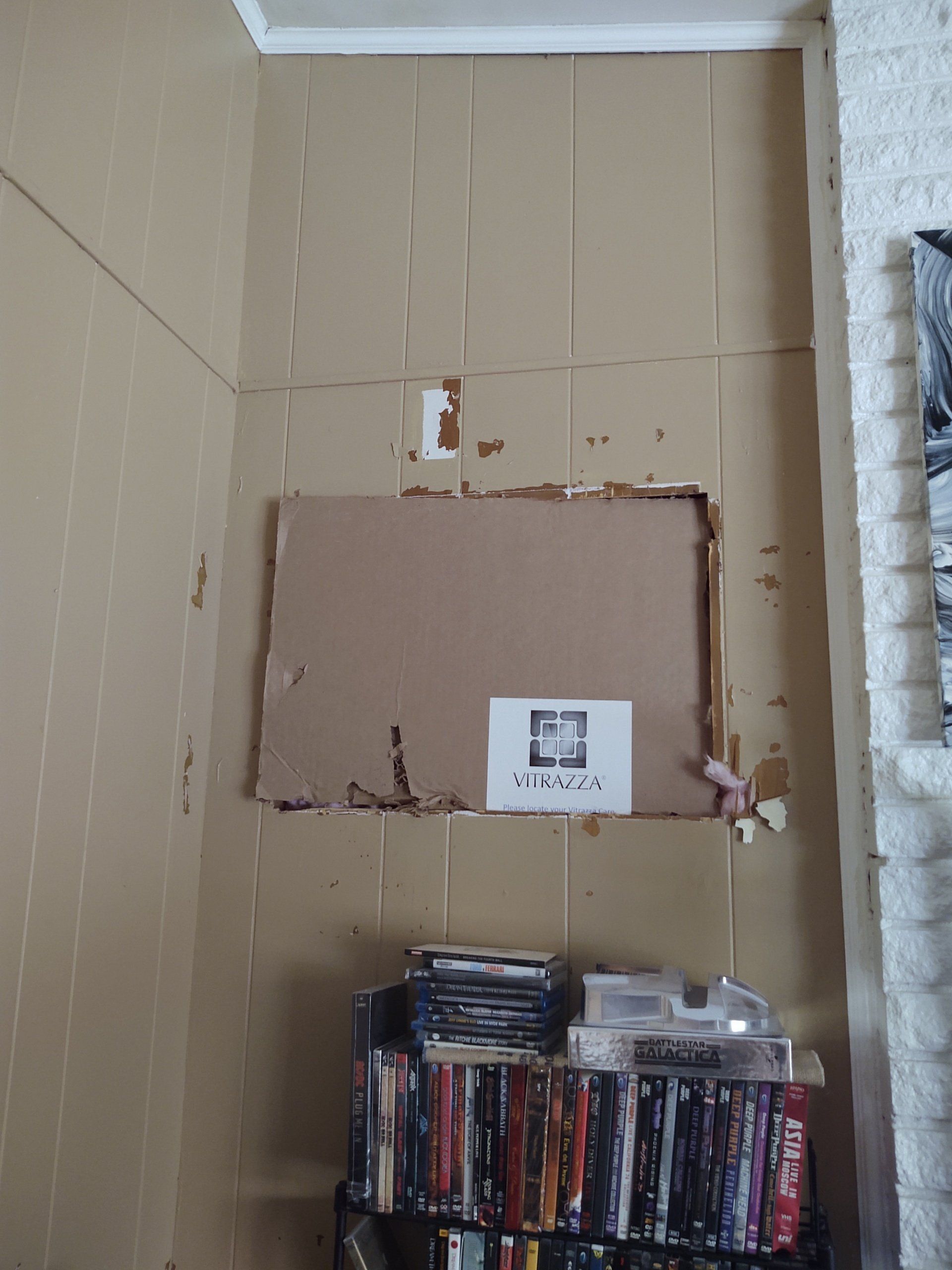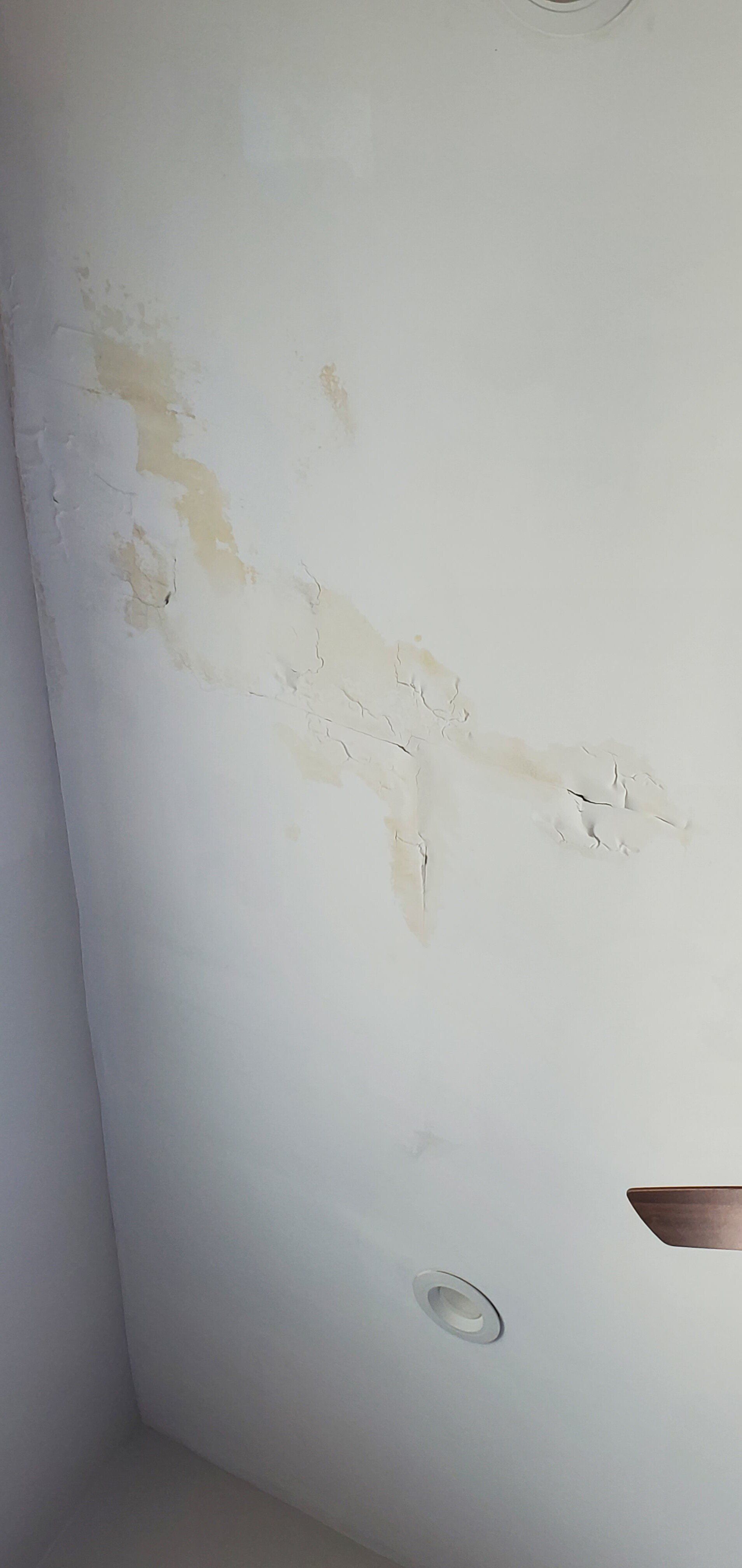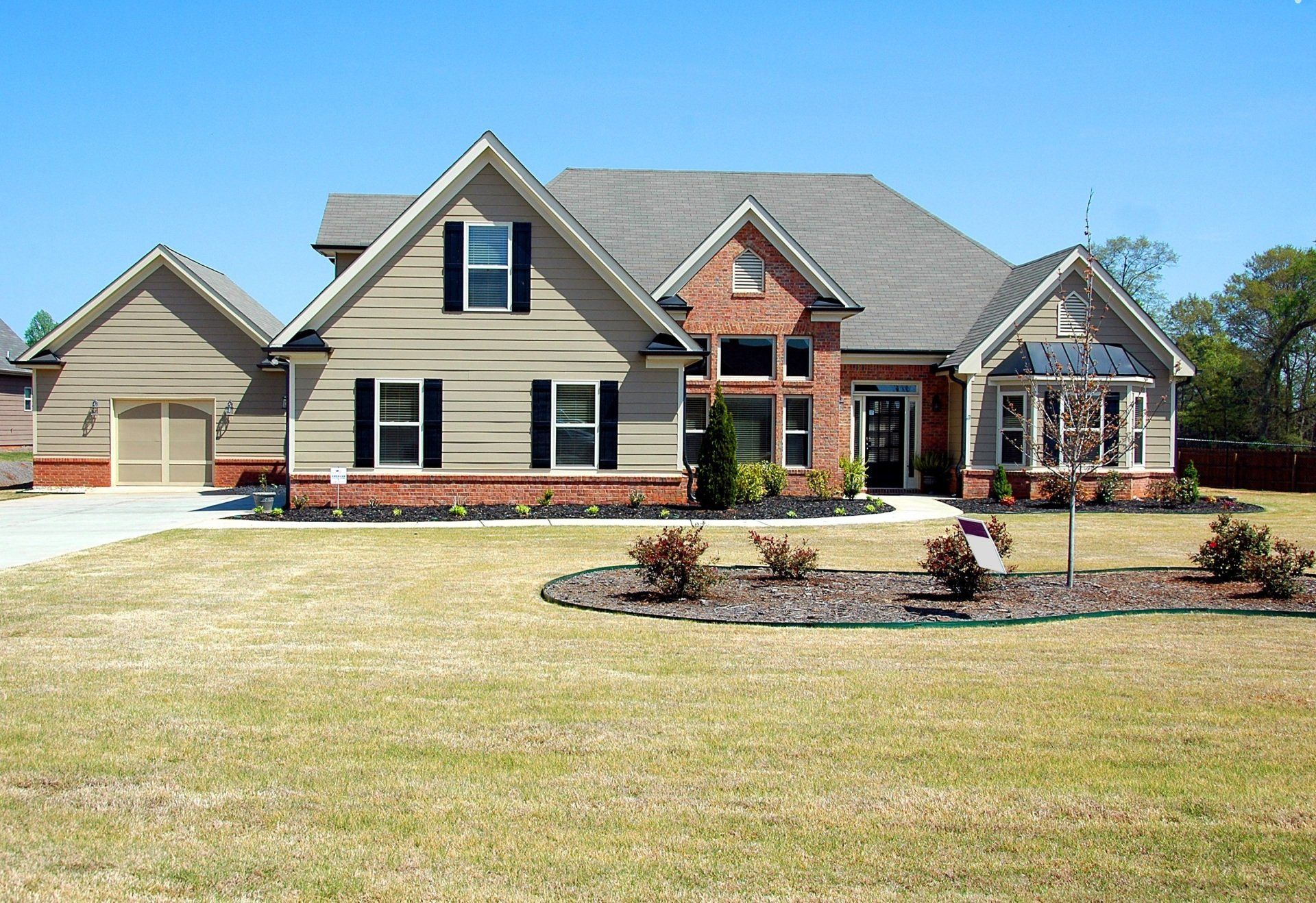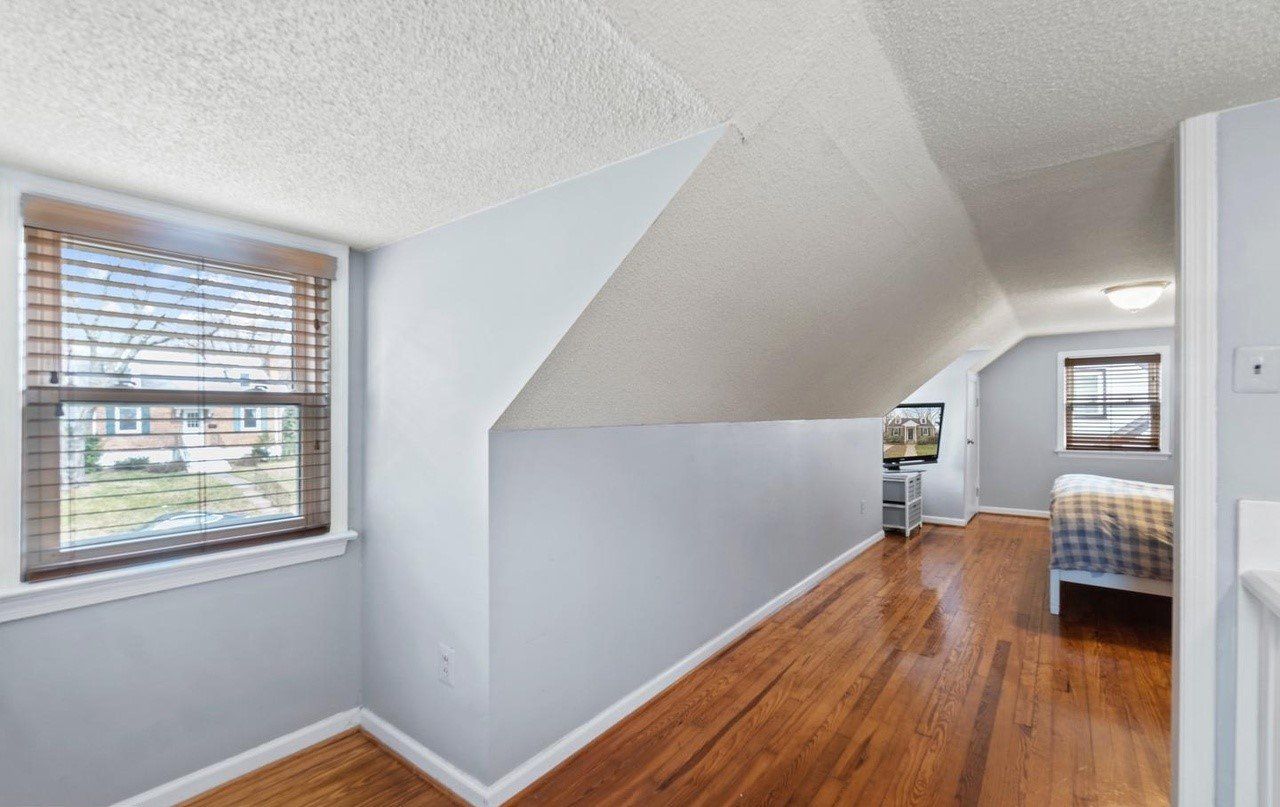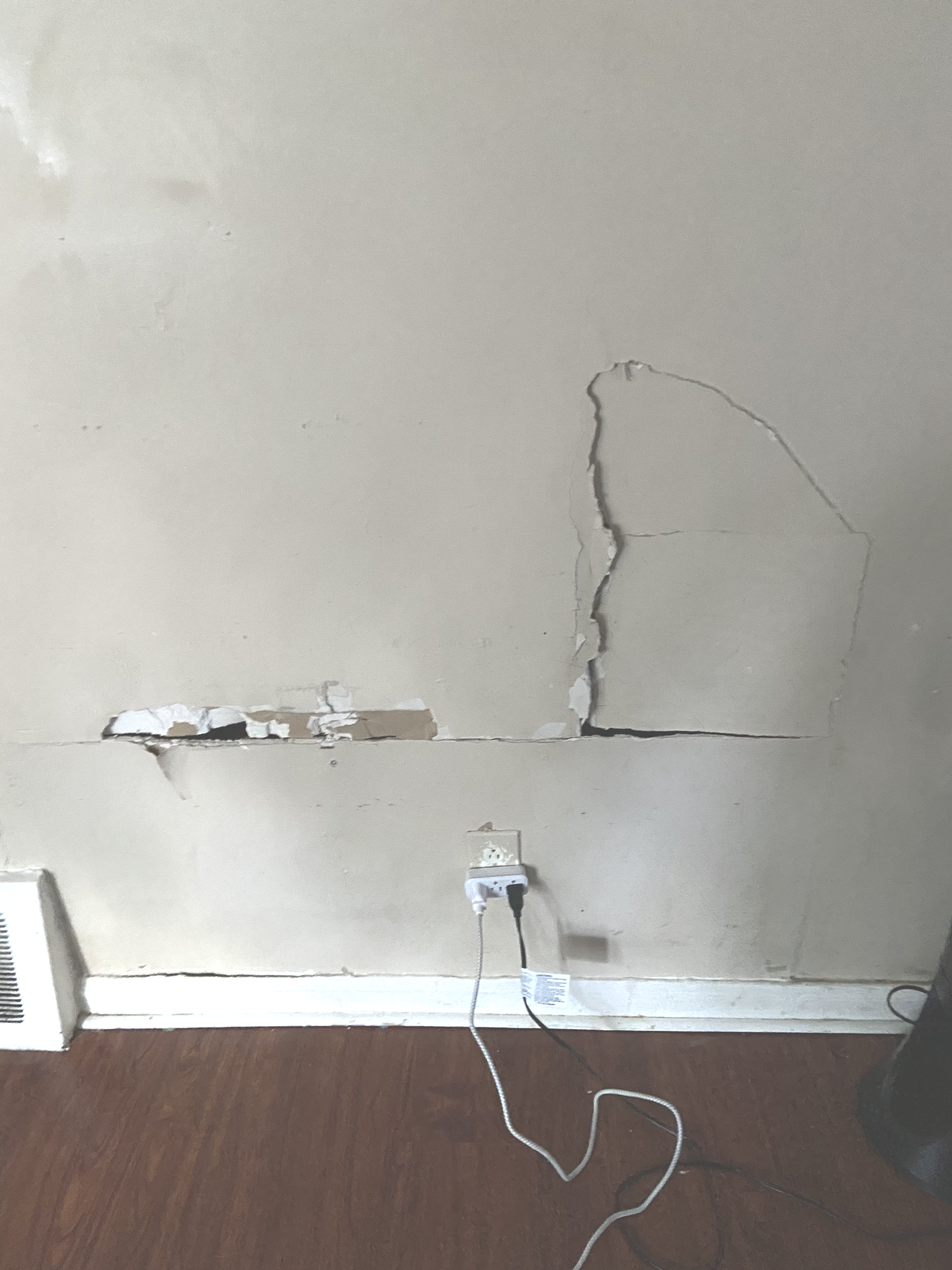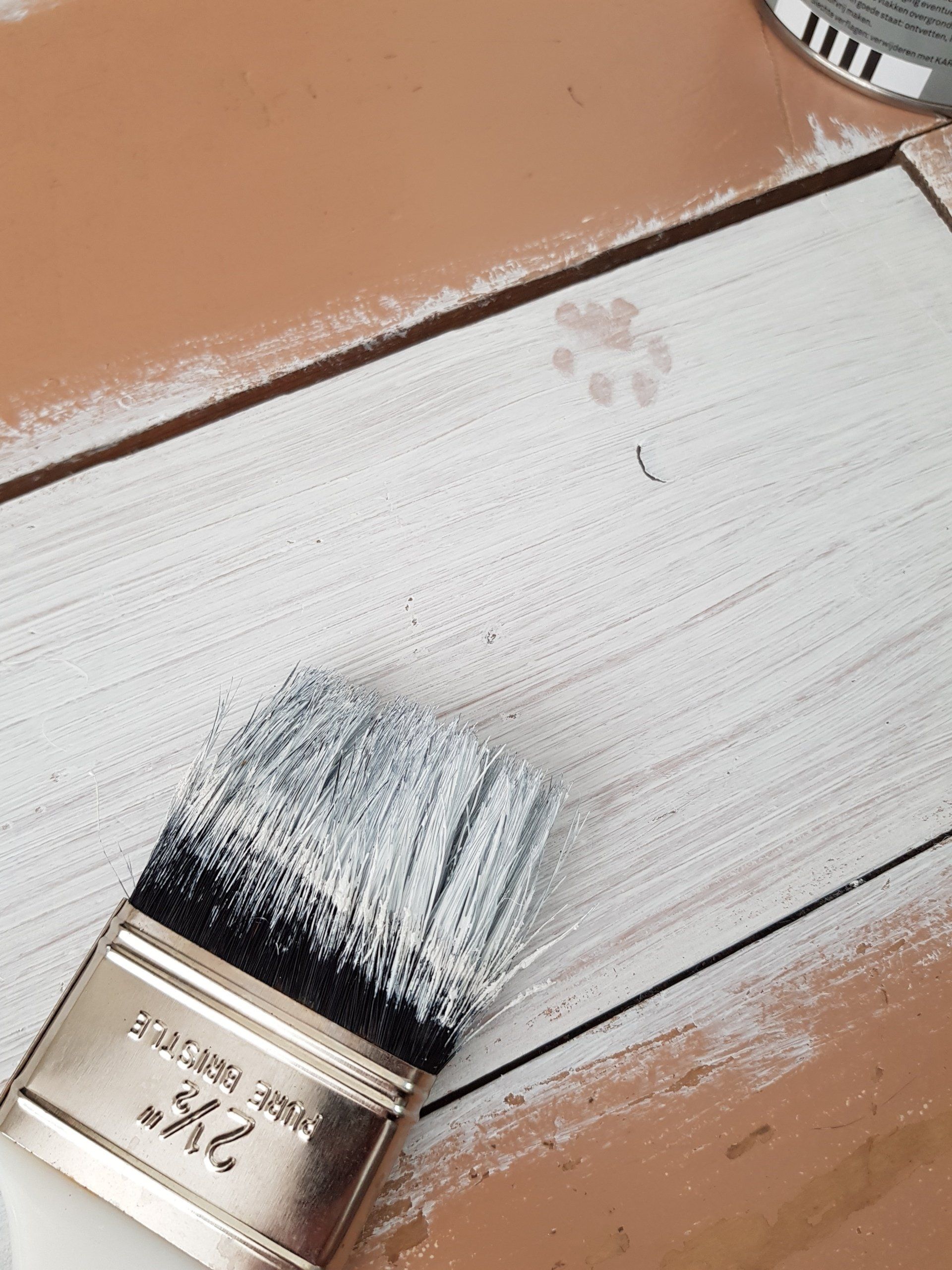Patch and Paint: The Essential Guide to Wall Restoration
Mastering Wall Restoration: Expert Techniques in Drywall Patching and Painting
The art of 'patch and paint' has become an indispensable skill for homeowners and DIY enthusiasts. This process, involving patching and painting walls, is essential for maintaining both the aesthetic appeal and structural integrity of a home.
Here we will explore the methods of patching and painting drywall, fixing holes in walls, and general techniques of wall patching and painting.
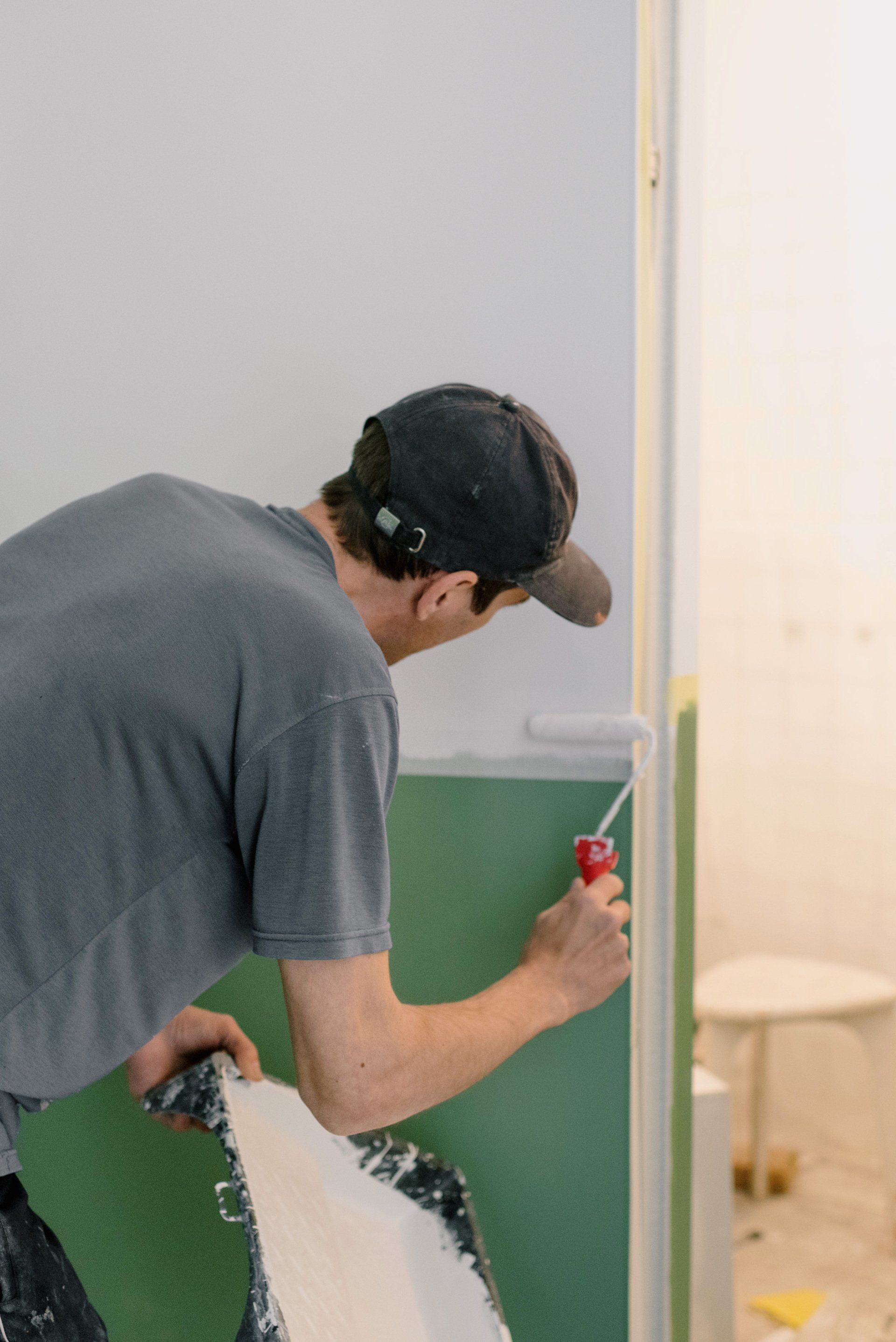
Understanding Patch and Paint
Patch and paint refers to the process of repairing minor damages to walls, such as holes, cracks, or dents, and subsequently painting over these repairs to create a seamless, renewed appearance.
This method is essential for cosmetic improvements as well as for maintaining the structural strength of the walls.
The Process of Patching and Painting Walls
Assessment: Begin by assessing the damage. Different types of damage, from small cracks to larger holes, require different repair strategies.
Preparation: Clean and prep the area before patching. Remove any loose debris and ensure the surface is smooth and ready for repair.
Patching: For drywall, use a patching compound or spackle. Apply the compound over the hole or crack, then smooth it out with a putty knife. Let the patch dry completely.
Sanding: Sand the dried patch to create a flat, even surface that aligns with the rest of the wall.
Cleaning: Clean off dust and debris from sanding to ensure a smooth paint application.
Painting: Paint over the patched area with a matching color for a seamless look. It's important to use a paint that aligns with the existing wall color.
Detailed Techniques for Various Damages
Small Cracks and Dents: Use a lightweight spackle for small cracks. Apply it thinly and evenly.
Medium-Sized Holes: For holes up to a few inches wide, use a patch kit or create a patch with a small piece of drywall and joint compound.
Large Holes: Larger holes may require cutting out a section of the drywall and replacing it with a new piece. This is then secured in place, taped, mudded, and sanded.
Tips for Successful Patch and Paint
Color Matching: Ensure your paint matches the existing wall color. Taking a chip of the existing paint to a hardware store can provide a precise match.
Even Application: Apply the patching compound evenly and sand thoroughly for a smooth finish.
Quality Materials: Use high-quality patching compounds and paint for durable results.
Patience: Allow adequate drying time for both the patch and the paint for the best outcome.
There are many other pro tips, check them out in this article.
Patch and Paint Hole in Wall
Repairing a hole in the wall typically follows the same basic steps as above. However, larger holes may require a patching kit or a piece of drywall to cover the area before applying the patching compound.
Advanced Tips for Perfect Finish
Primer Use: Applying a primer before painting can help achieve a uniform finish, especially important for large patched areas.
Texture Matching: If your wall has a texture, replicate it on the patched area for consistency.
Layering Techniques: For deeper holes, apply the patching compound in layers, allowing each layer to dry before applying the next.
Maintenance and Long-Term Care
Regular inspections and prompt repairs of small damages can prevent larger issues. Keep matching paint and patching supplies on hand for quick touch-ups.
Hiring Professionals
To get the best results possible, you should always opt for professional help. Professionals have to tools and necessary skills that can make this job perfect.
Conclusion
Patching and painting walls is a vital skill for maintaining the beauty and integrity of your home. With the right tools, materials, and patience, anyone can master the art of 'patch and paint.'
Whether addressing a small dent or a significant hole, these techniques ensure your walls remain in pristine condition, contributing to the overall charm and value of your home. So, I hope this guide makes it easier for you to patch and paint but if you are still having issues, just
give us a call and we will be there to help you.
Ready to work with Fort Worth Drywall Contractor Services?
Let's connect! We’re here to help.
Send us a message and we’ll be in touch.
Or give us a call today at 111-222-3333
Agency Contact Form
We will get back to you as soon as possible
Please try again later
More Marketing Tips, Tricks & Tools
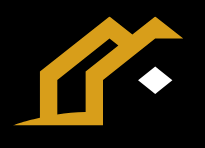
©Fort Worth Drywall Contractor Services
Get In Touch
© 2004 | Powered by UpShot
